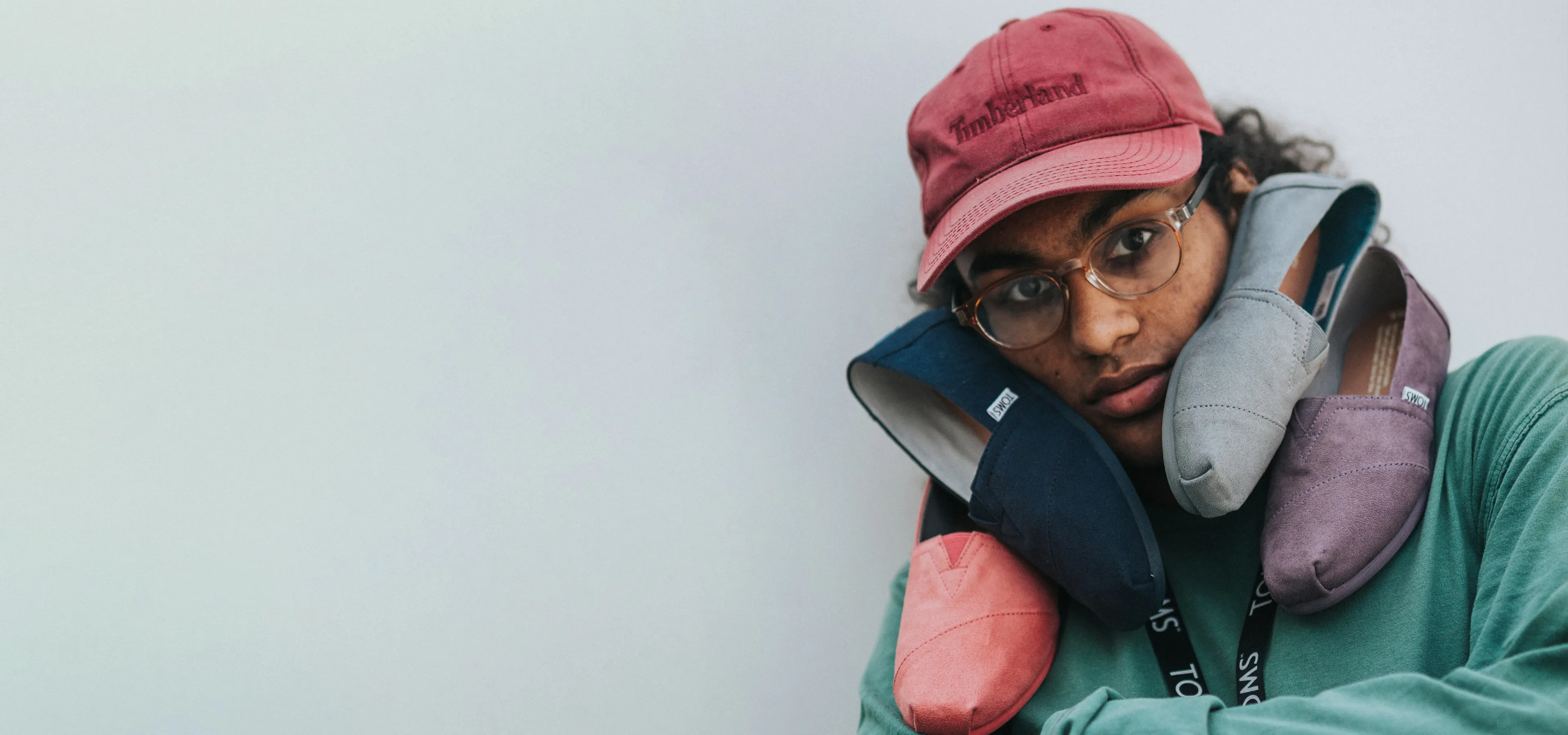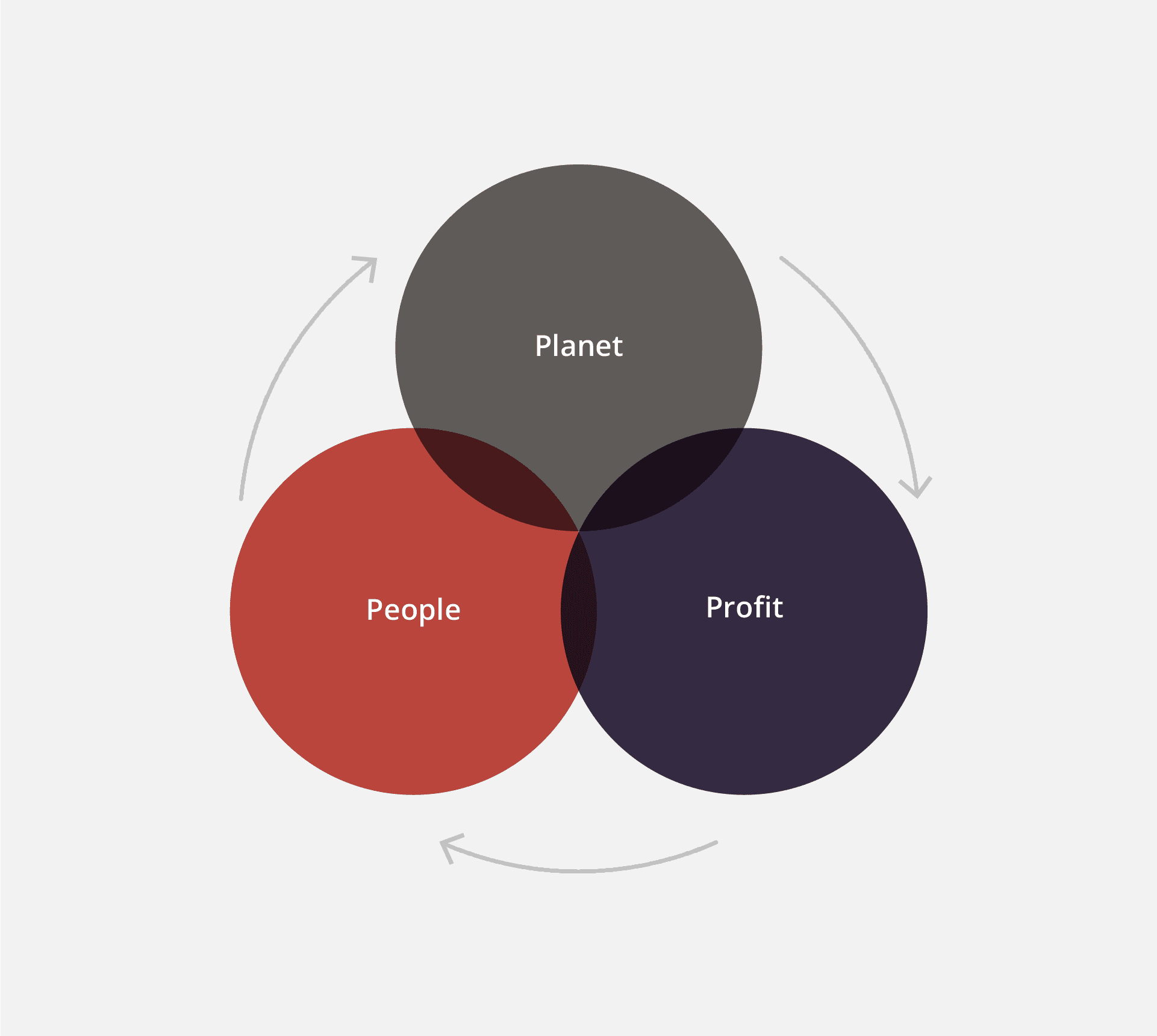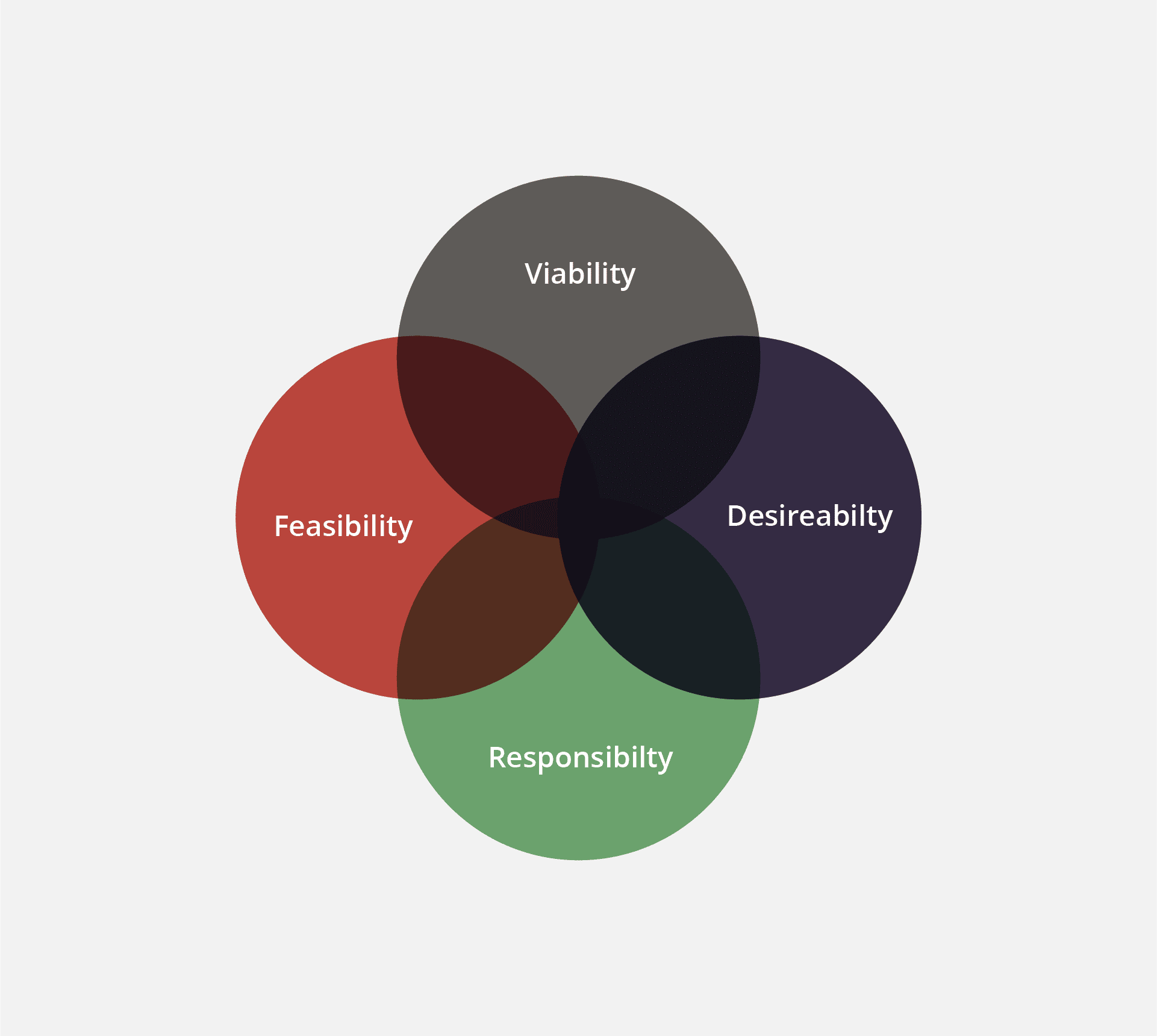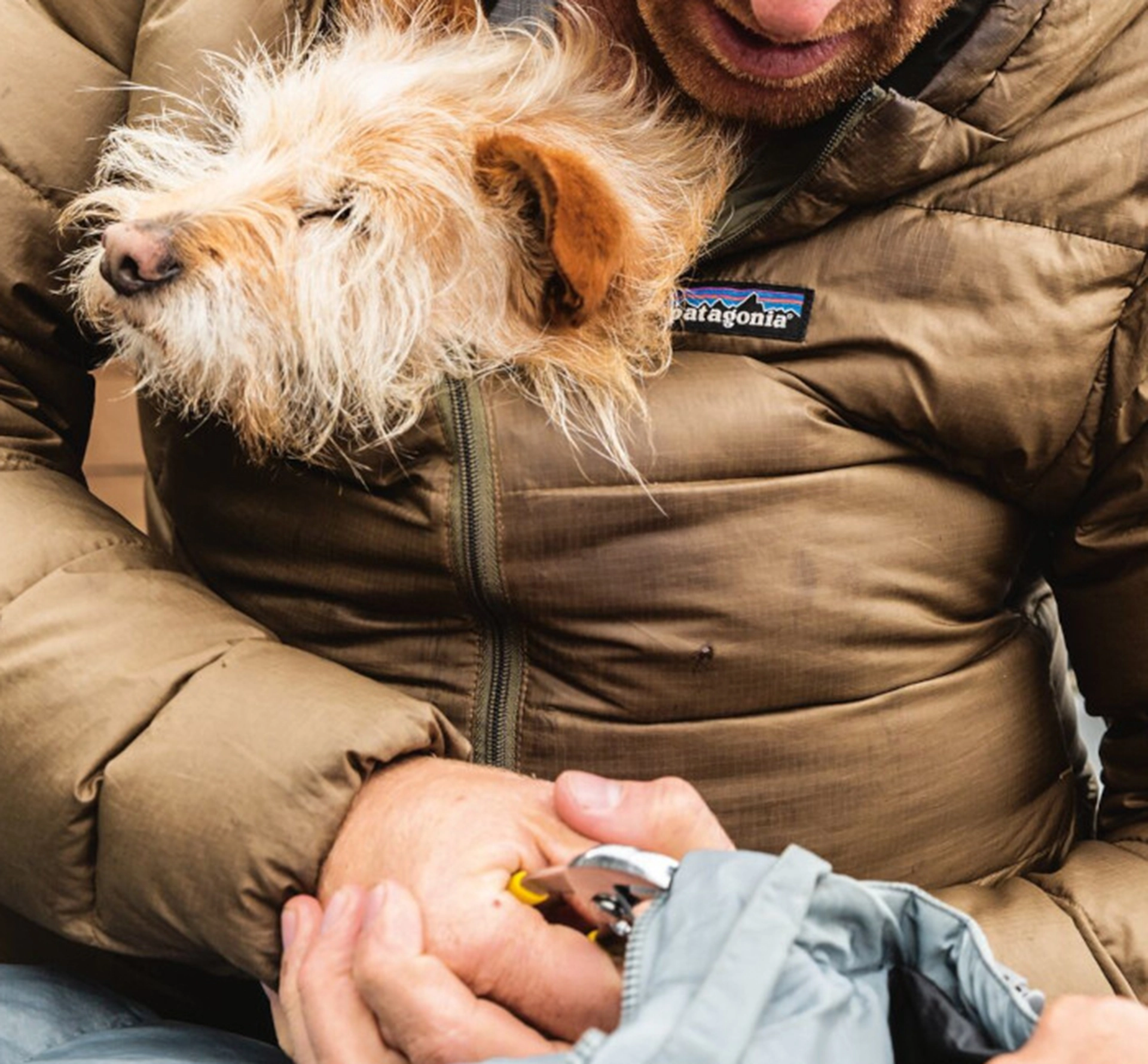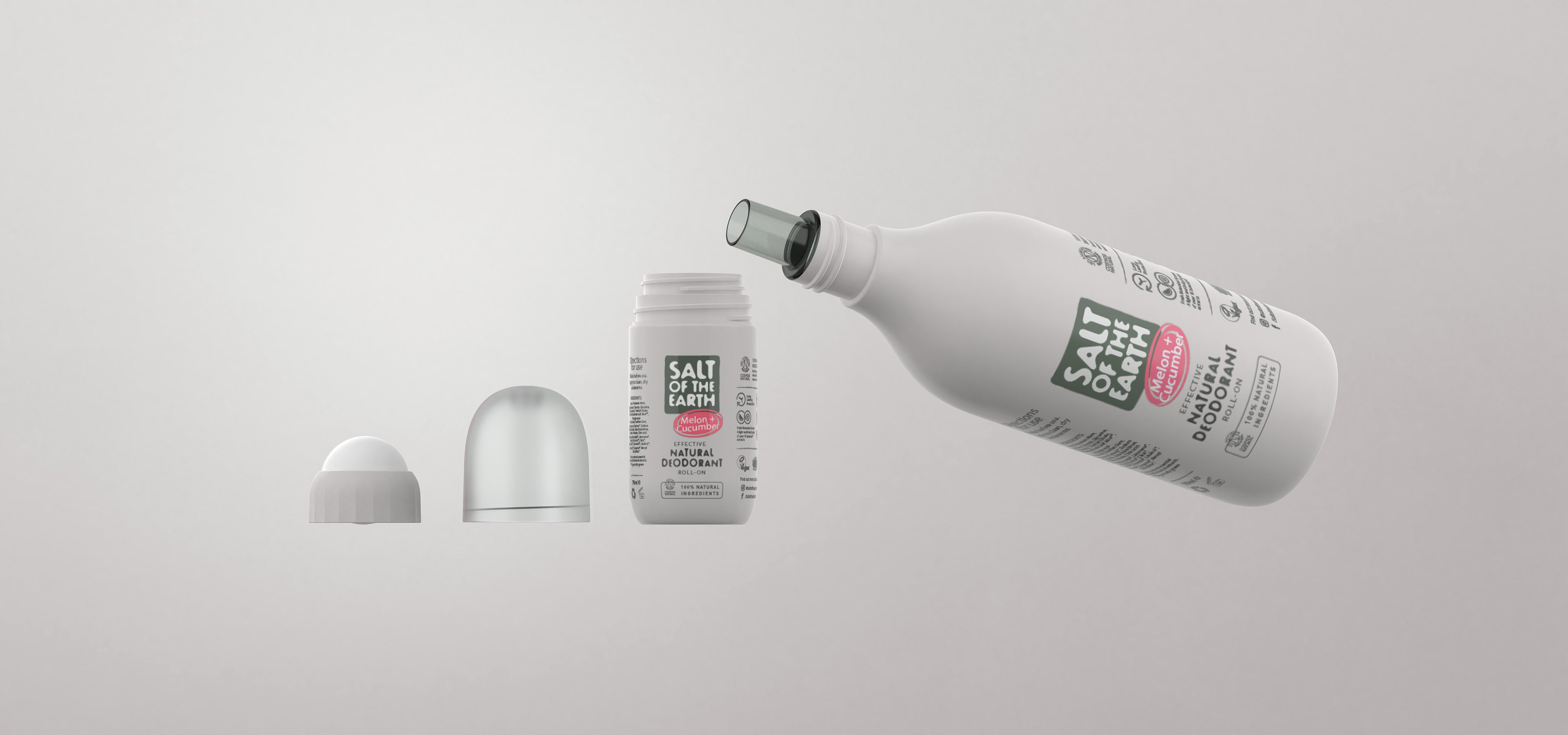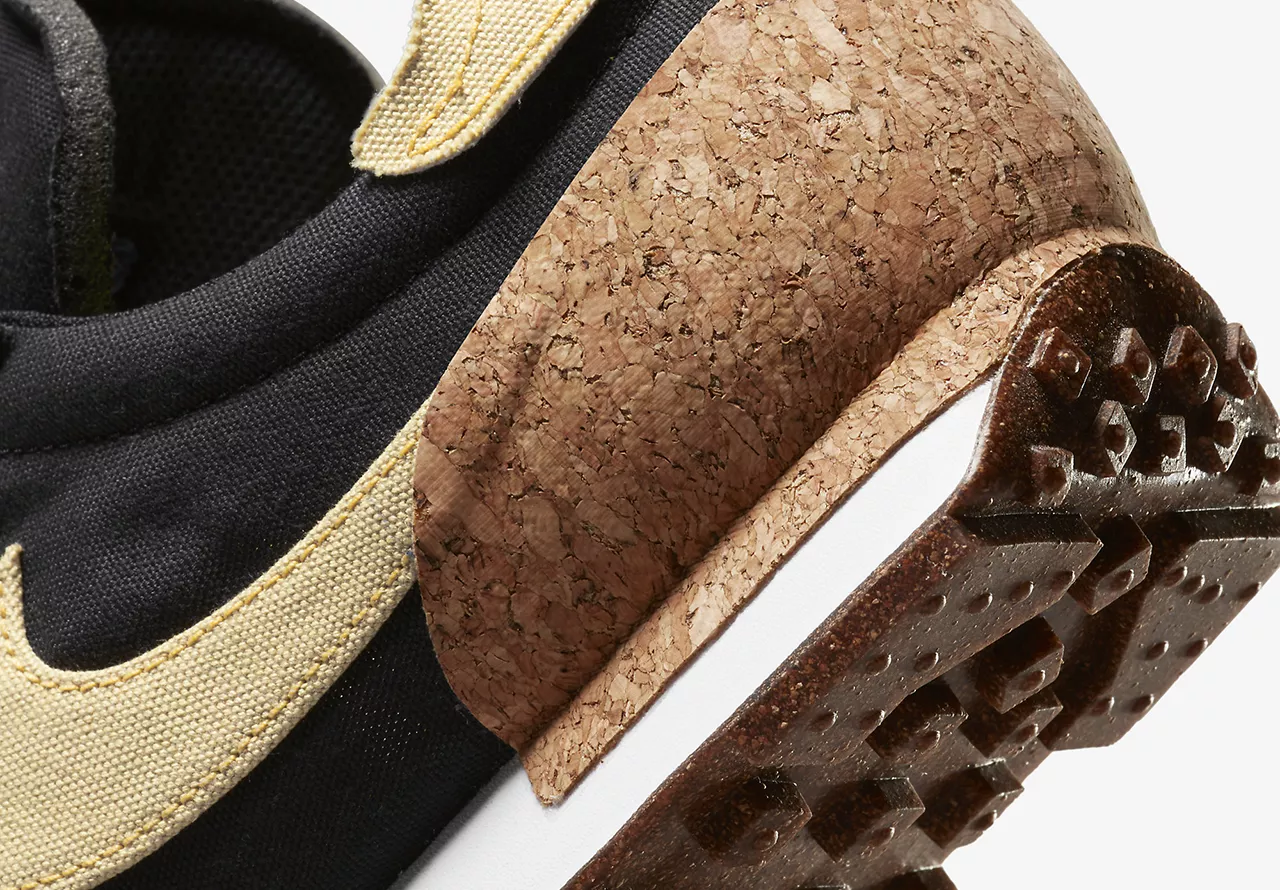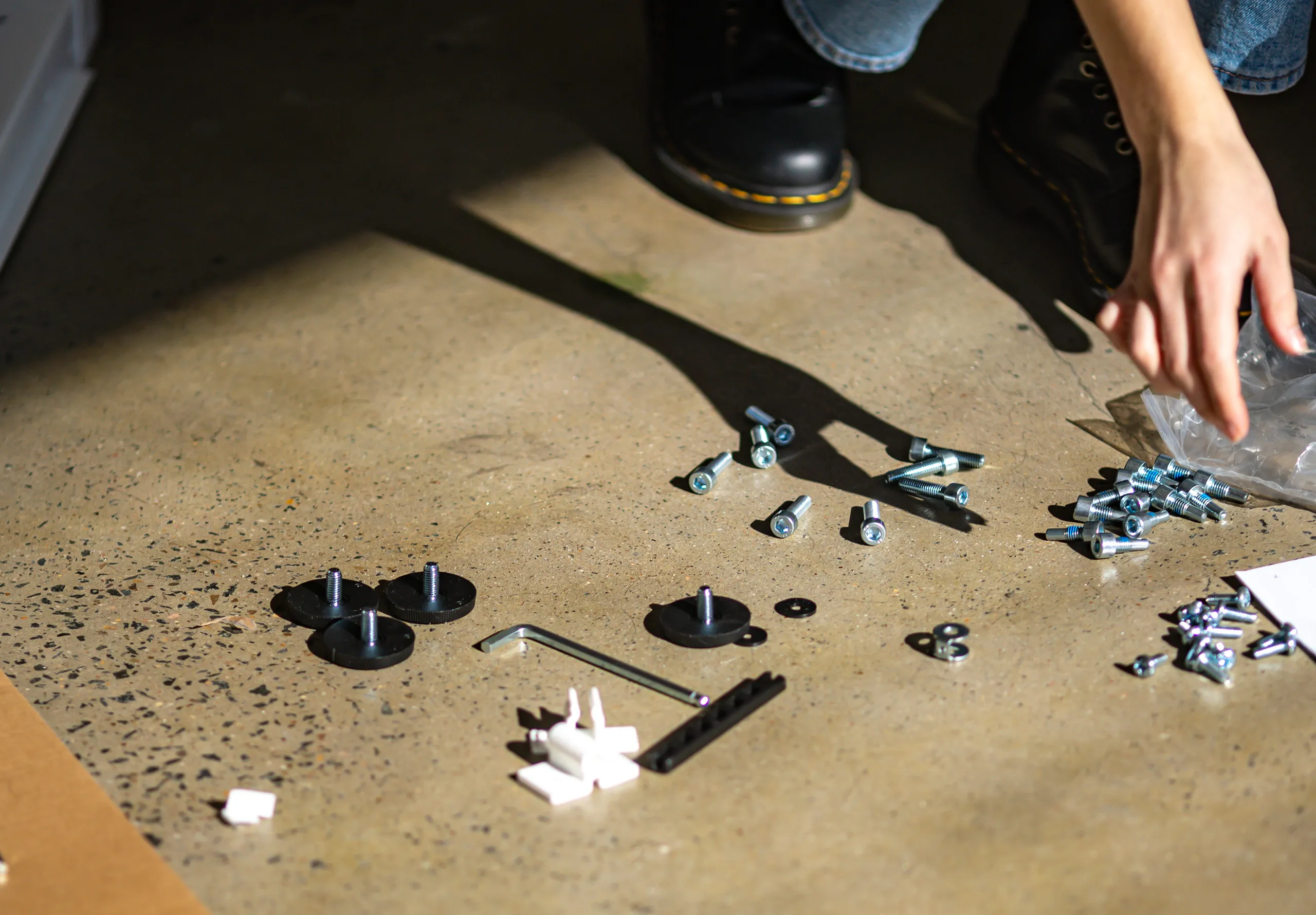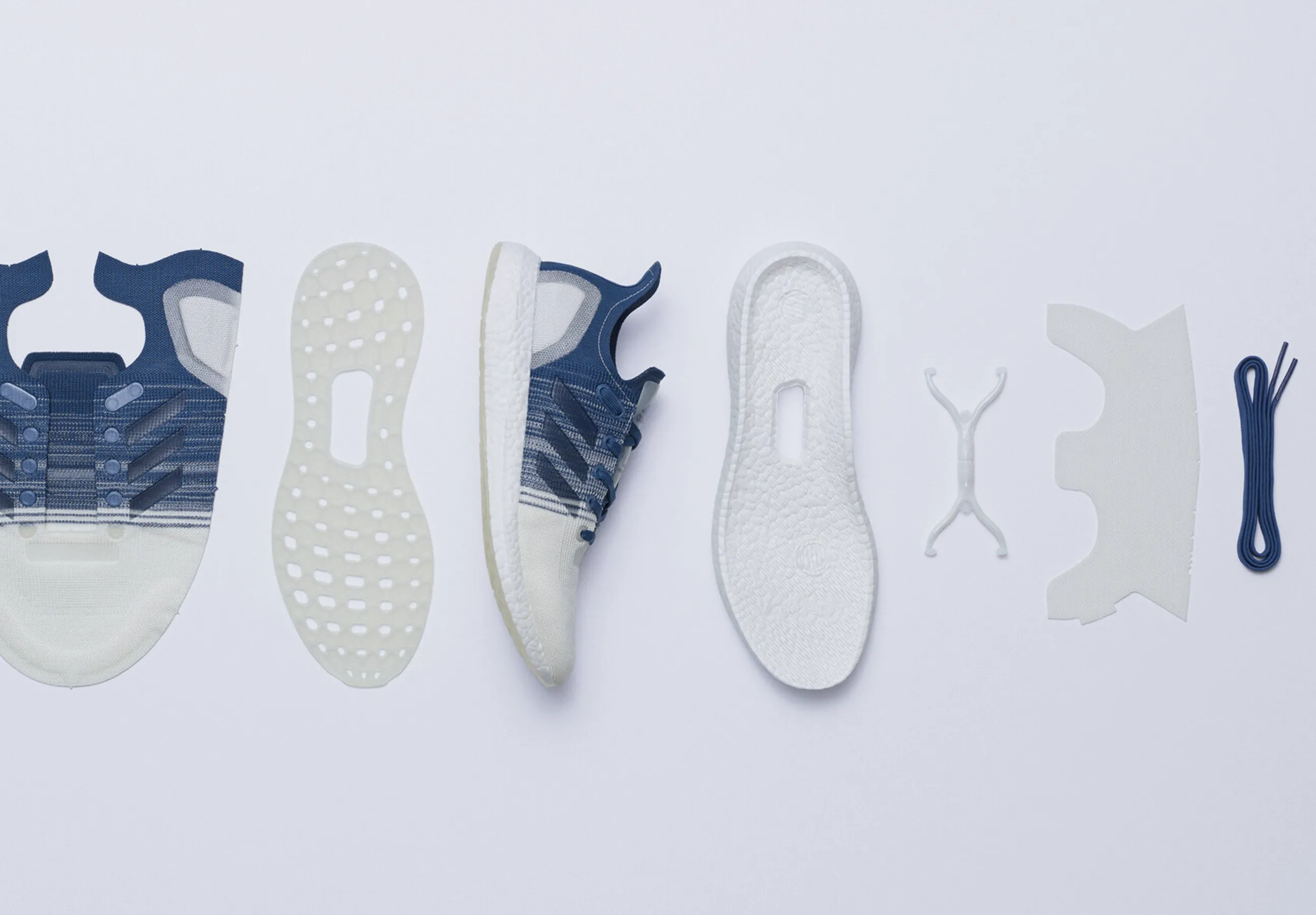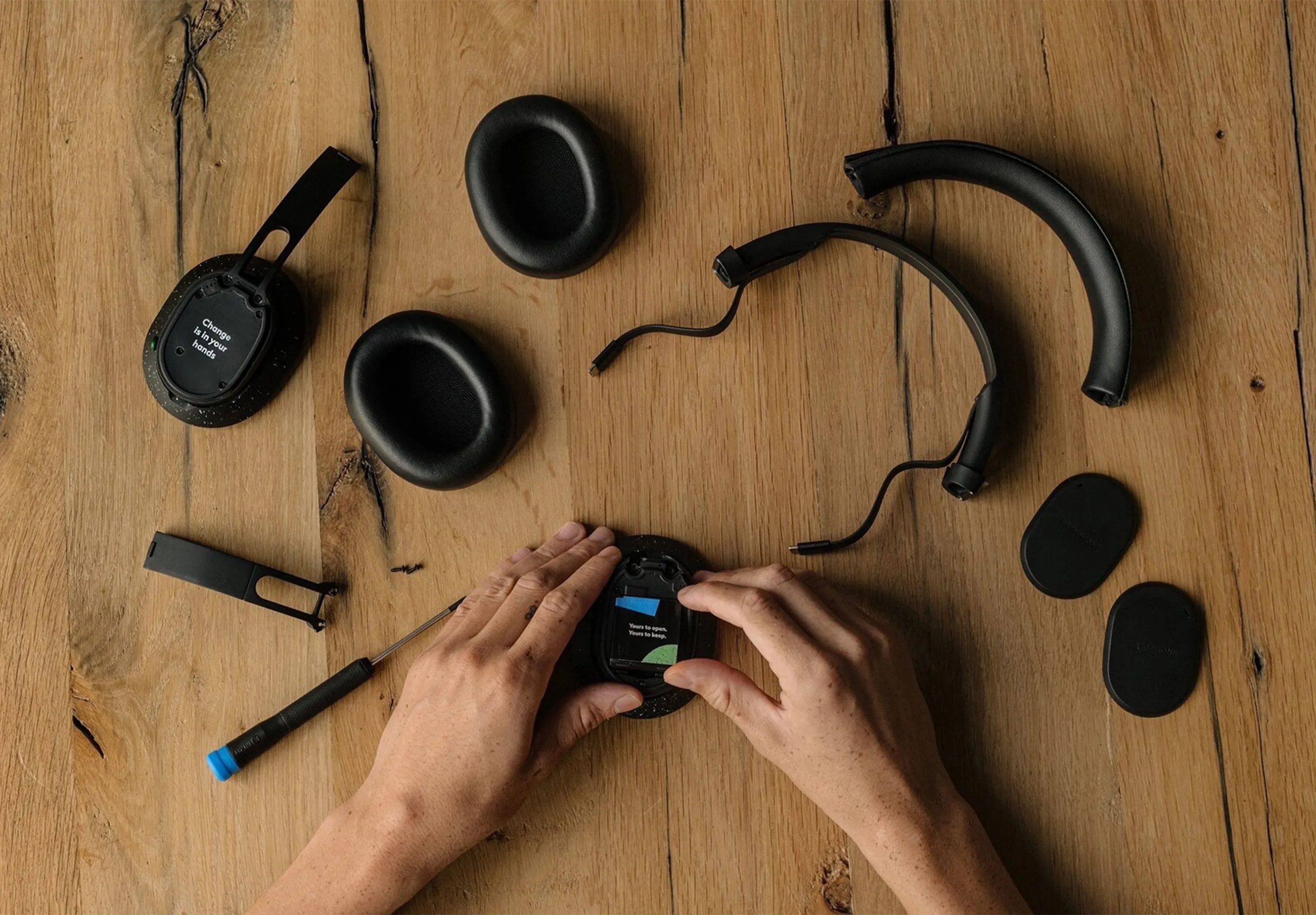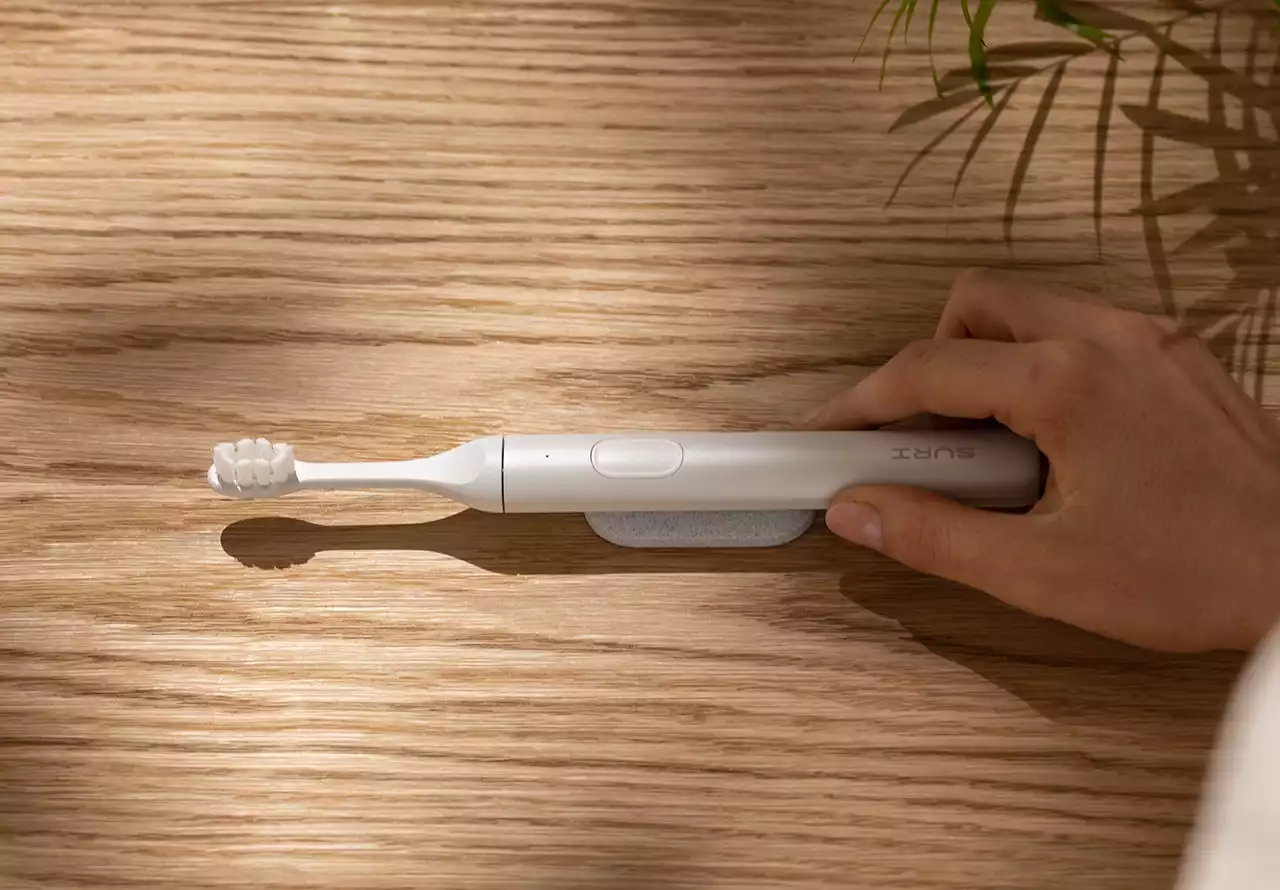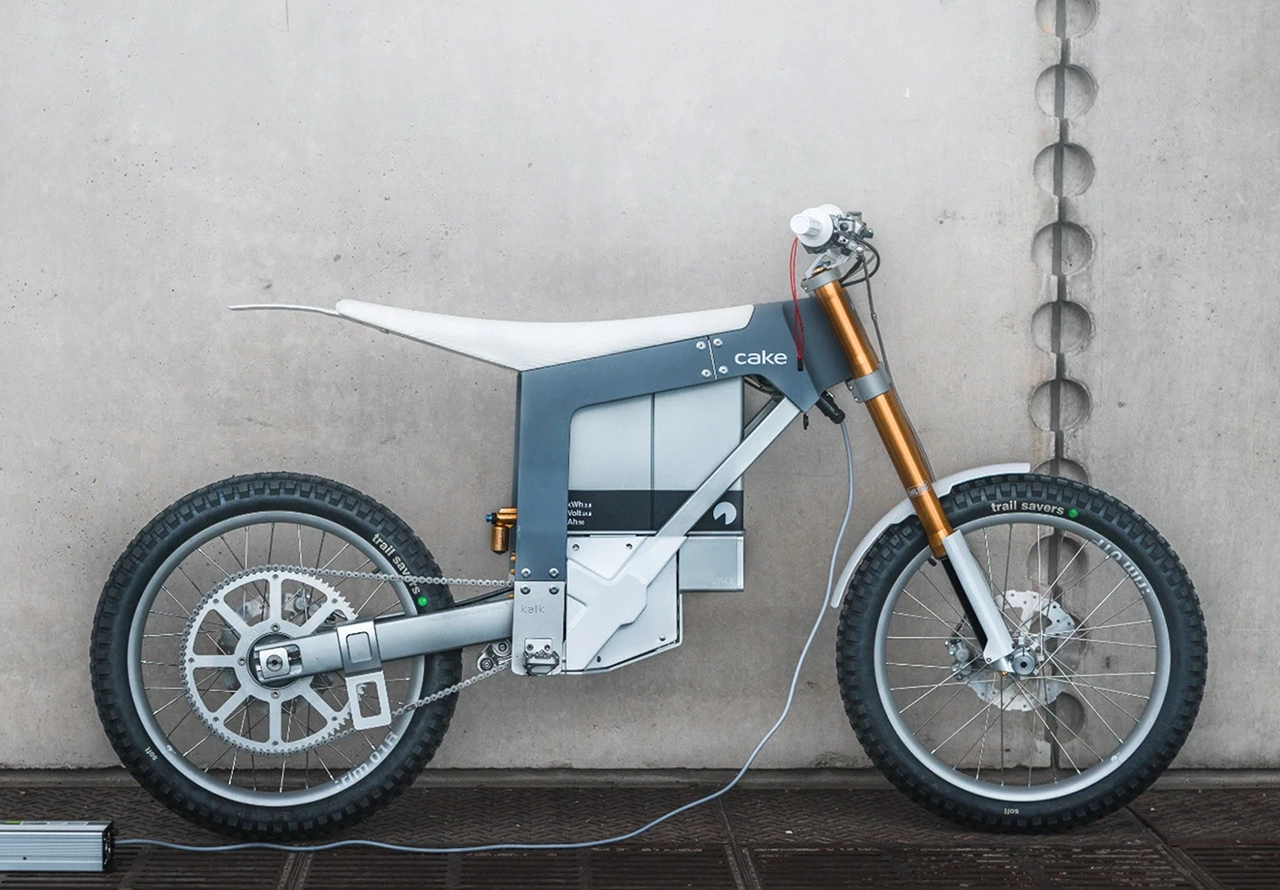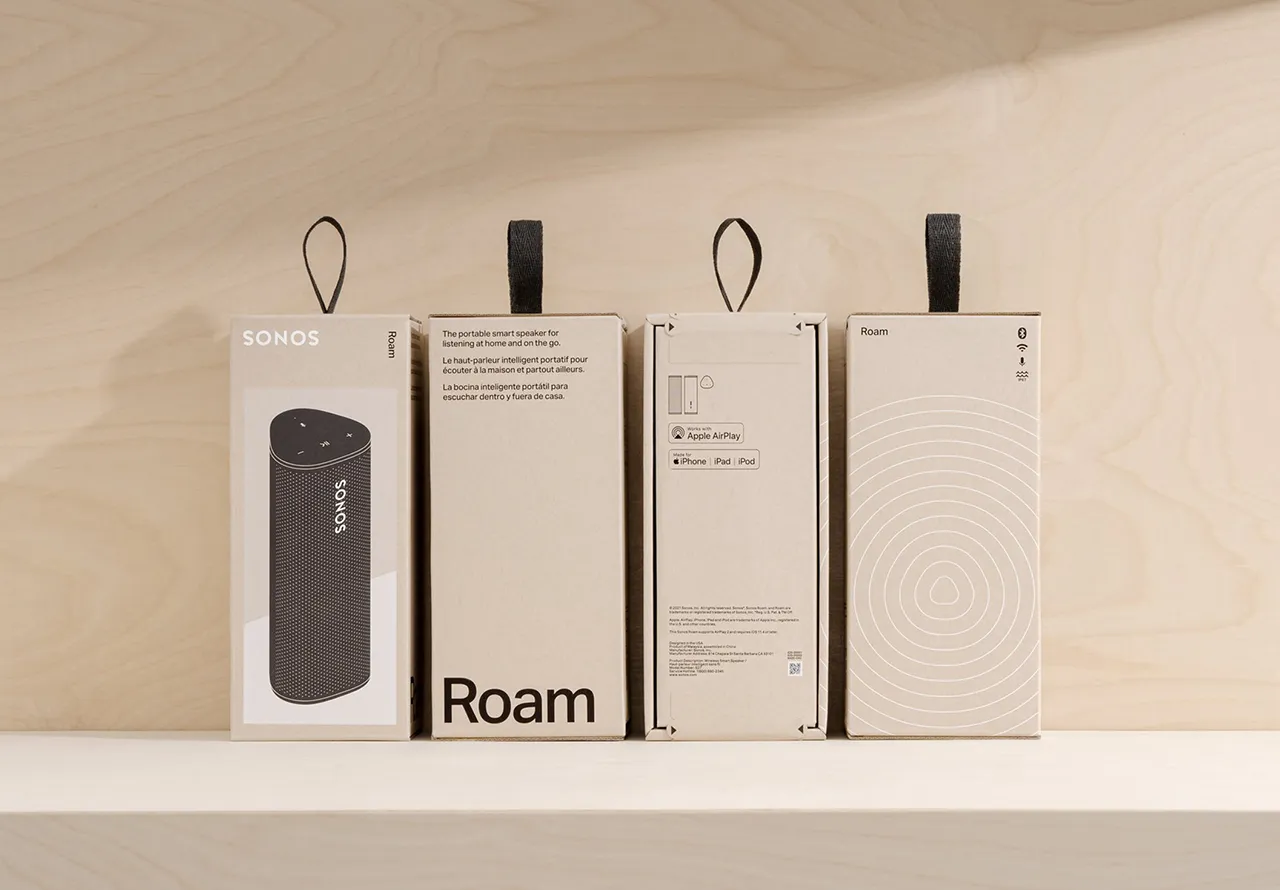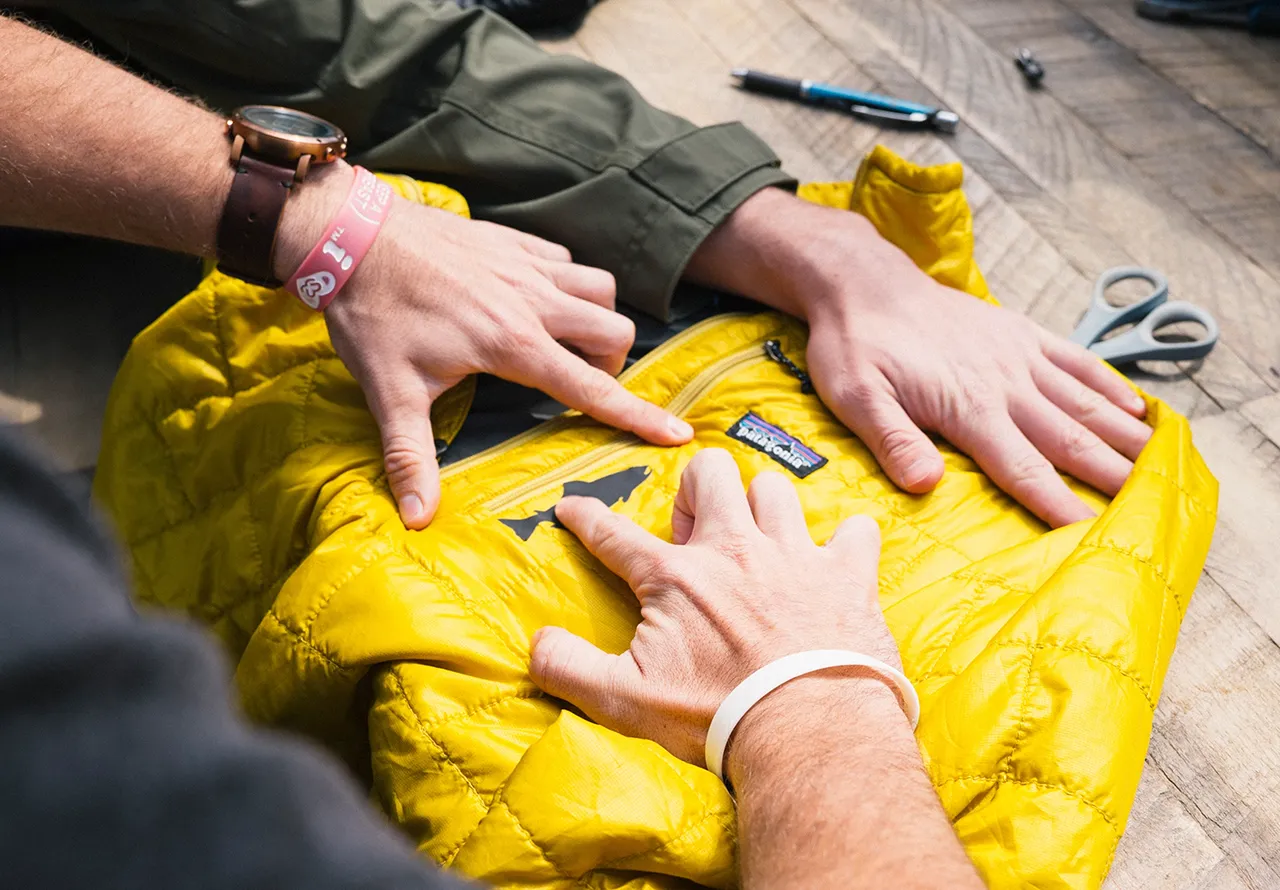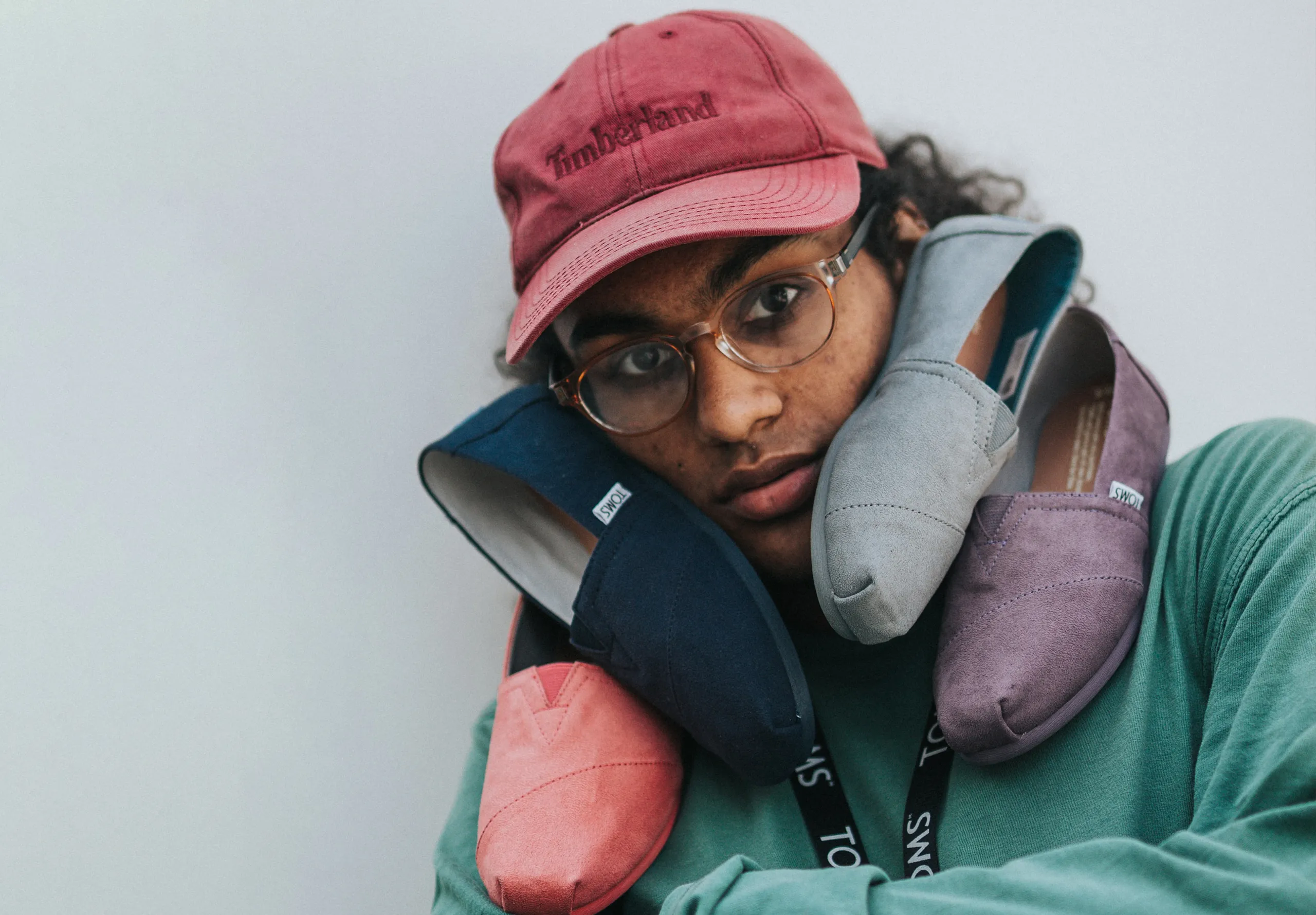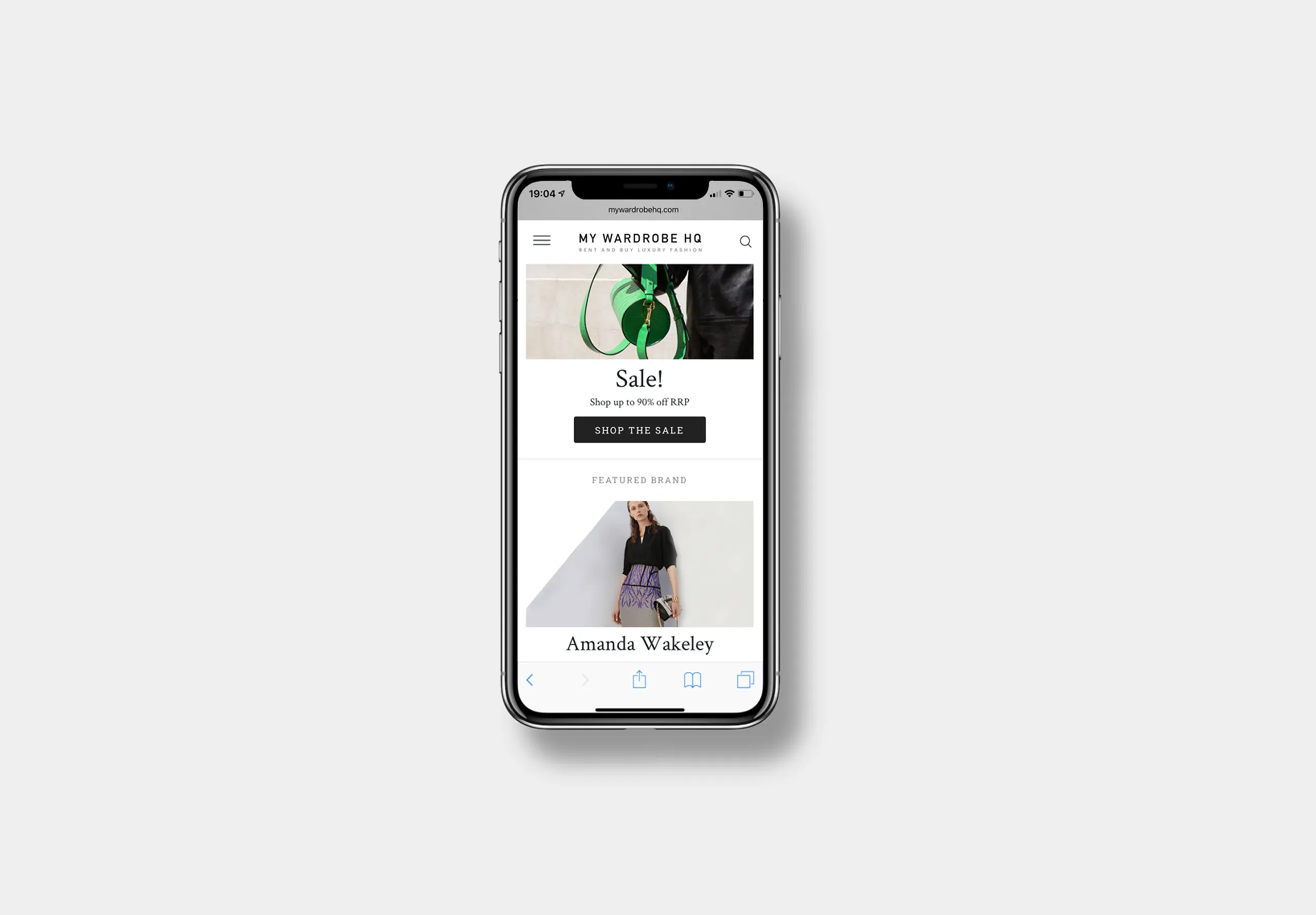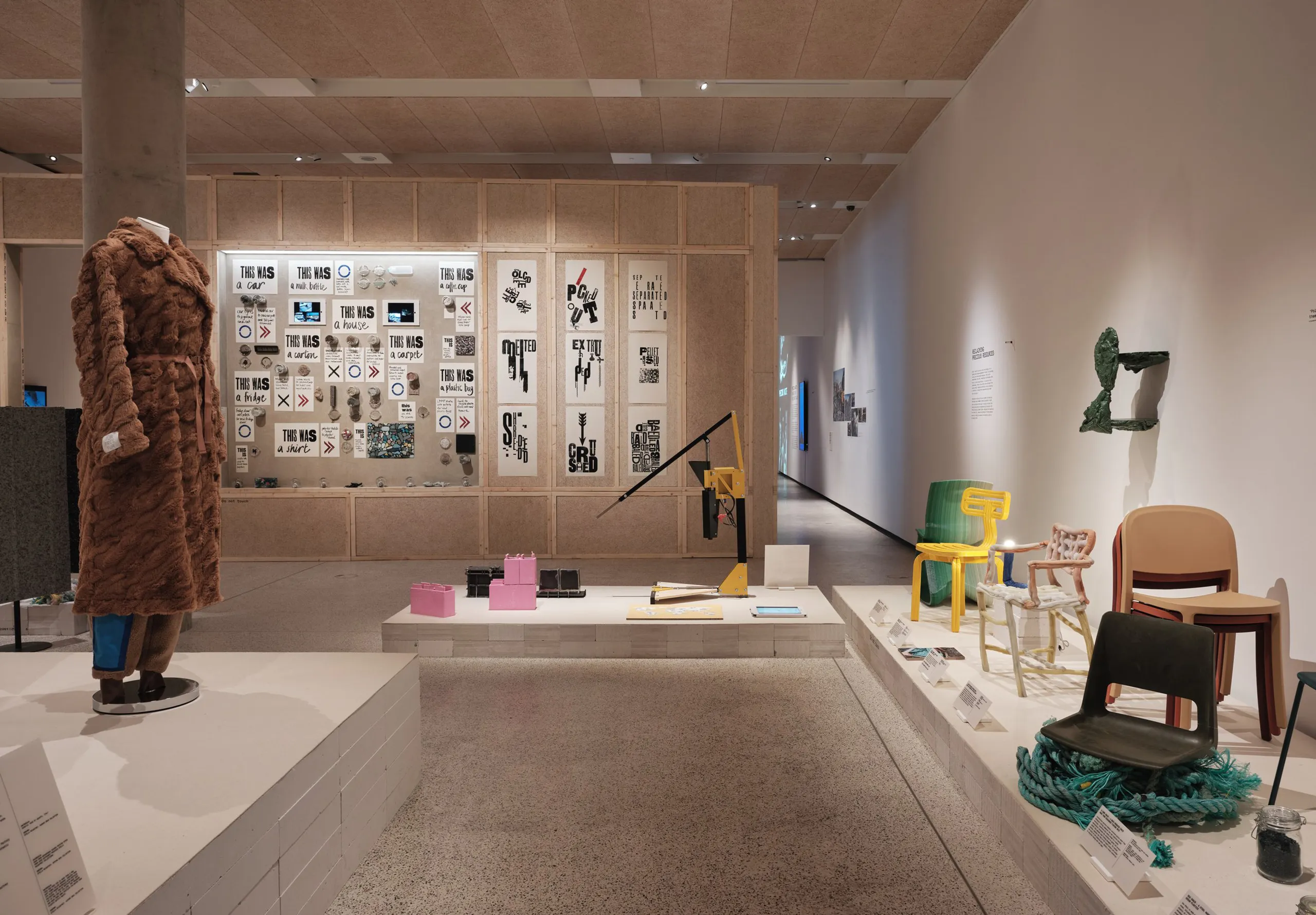Designing for people, planet and profit.
Sustainable leaders are looking beyond conventional bottom line thinking to balance financial objectives with social responsibility and planet health.
With the acceleration of the purpose-driven design, we shed light on the measurable advantages of a design for people, planet and profit.
(5 minute read)
Short on time? Try these links
People, planet and profit. Explained
In this issue, we pose the question, ‘Why do we need an unapologetically equal bias on profit, people and the planet?’
Through a blend of foresights and carefully selected case studies, we uncover the changing face of the business landscape and the tangible benefits of the triple bottom line.
The 3 P’s / TBL?
It’s been called the; “triple helix of change for tomorrow’s capitalism”: the 3 P’s, also known as the triple bottom line (TBL), is a method of designing business models that balance economic prosperity, environmental health and social responsibility.
But what does it mean for your brand?
The first diagram depicts how the 3 P’S model can be ‘rotated’ to bias towards your driving goal to help you transition from conventional bottom-line thinking to the 3P’s.
However at Rodd we have adapted the classic design thinking model to better support 3P’s thinking with clients (second diagram)
Balance is the operative word here, as such frameworks don’t attempt to sacrifice profitability in favour of societal or environmental impact.
The Patagonia effect
Instead, brands committing to the TBL simply expand performance metrics to include contributions to sustainability, social well-being and a just economy.
Take forward-thinking brands like Patagonia, for example. As well as launching campaigns to promote a circular economy, Patagonia has actively sought out opportunities within existing systems to bring about positive change:
“Patagonia announced in December 2016 that it would donate all of its Black Friday sales to environmental causes — “100% for the planet” — customers helped the company reach an impressive achievement. Instead of the approximately $2 million in sales the company said it expected, sales climbed to $10 million, which, in turn, went to underfunded grassroots environmental groups.”
Patagonia, to date, has donated 100million dollars to environmental causes. Here’s a business that has succeeded in placing People, Products and Profit at the centre of their brand strategy, driving deeper relationships with modern consumers and reaping economic benefits in the process.
Why do we need to have an unapologetically equal bias on people, profit and the planet?
It’s not a new idea — in fact, the term ‘triple bottom line’ was coined in 1994 by strategist John Elkington. But in 2022, simply highlighting the importance of sustainability is not enough.
Today, a holistic approach that reconciles financial interests with social responsibility and environmental protection is essential in creating better outcomes for everyone.
Learning from Danone
Leading brands like Danone are already showcasing the communal benefits from the 3 P’s framework and a lower reliance on natural capital.
In April 2020, Evian became Danone’s first global brand to certify its life cycle product through the Carbon Trust. But Danone faced a water contamination issue, due to surrounding farmlands with water runoffs containing pesticides.
So, through Evian’s watershed protection program, Terragr’eau, a biodigester was built to turn cattle manure and organic waste from the surrounding municipalities into biogas for Evian city and organic compost for fertilising local land.
The watershed program utilised a 3P framework, to create a holistic plan of action, to ensure the business continued, the product (the water) was protected, and the local catchment area still maintained healthy clean water.
The project resulted in a success. By converting hazardous raw manure to nutrition bio-solids for neighbouring farmers, they ensured the protection of the water for the present and the future.
Need to innovate for the 3 P's?
Sustainable business strategies shouldn’t come at the expense of financial performance.
Instead, they should enable brands to solve the world’s most pressing challenges, forge meaningful customer relationships and bolster their bottom line.
As experts in sustainable design, Rodd is ready to support you in developing innovation strategies that create value for your business, for society, and for the planet.
